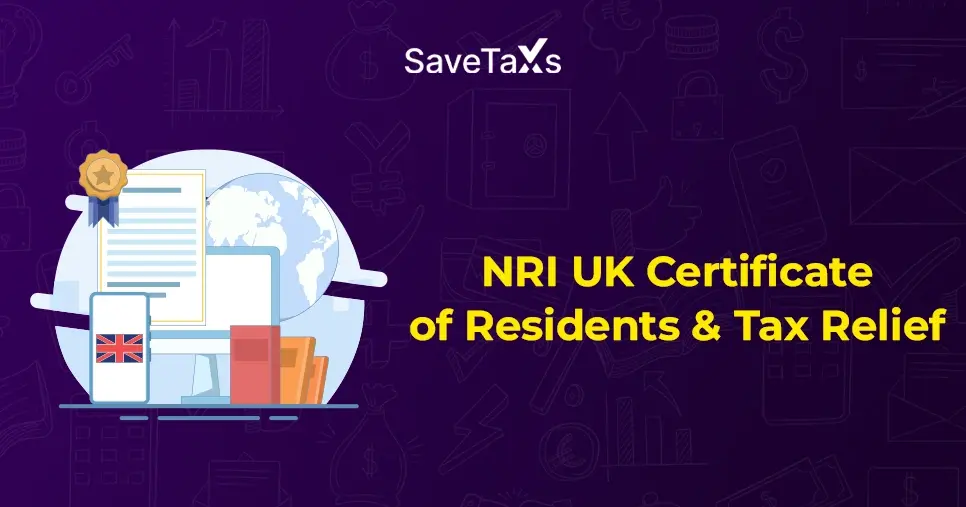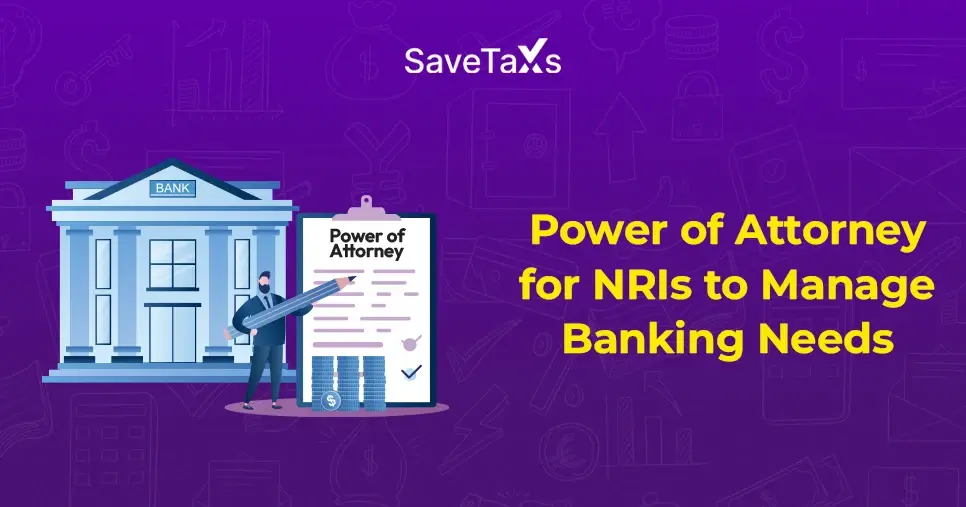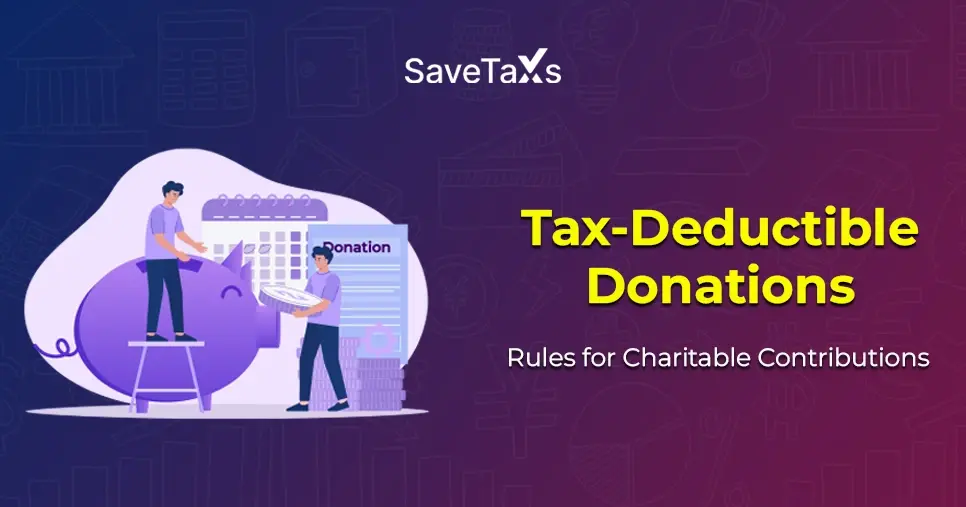Saving a little money on taxes, people can make a big difference. Claiming dependents is one of the best ways to decrease your taxable income. However, before you claim a qualifying dependent, it is vital to know the eligibility criteria for it. These rules are set by the Internal Revenue Service (IRS).
Want to know more about claiming dependents and how it assists you in reducing your tax liability? Then you are on the right page. Read the blog and get all the detailed information about it.
Key Takeaways
- For 2024, the child credit tax is up to $2000, and for other dependents, the credit is up to $500.
- Under the IRS rules, a qualifying child or a qualifying relative can be a dependent. In the scenario of a child, he/she should be under 19 or under 24 if he/she is a full-time student. Additionally, if a child is permanently and totally dependent, no matter what his/her age is, they will qualify as a dependent.
- A qualifying dependent is not allowed annually to provide more than half of their support.
- To be eligible, a dependent cannot file a tax return jointly with a spouse. However, in certain cases, it may vary. Additionally, a dependent cannot be claimed as a dependent in tax return of someone else.
What is a Dependent?
If we define in everyday terms, a dependent is a person who relies on another person for their finances. But when we talk about US taxes, a tax dependent needs to fulfill certain conditions. The IRS has fixed certain rules for qualifying dependents. Each subject is subject to different regulations, and there are two types of dependents. These are a qualifying child and a qualifying relative.
However, there are also certain rules and regulations to be a qualifying child or relative dependent. To know about them, read the next section.
Who Can Claim as a Dependent?
Now, as you know who is dependent, you might be thinking who can be claimed under this. At a top level, if you have a qualifying child or relative on then you can claim dependents. However, the question is, who are they? Let's know in detail so that it becomes clear to you whether your dependent qualifies for the tax benefit or not.
Rules for claiming dependents on taxes are as follows:
- All dependents should be citizens of the US, US residents, or US nationals. Additionally, they can also be residents of Canada or Mexico. It is an exception with some adopted children.
- Dependents are not allowed to file a joint income tax return. However, if they are claiming a refund of all their withheld taxes or estimated paid tax, it can be allowed.
- You cannot claim someone who is already claimed as a dependent on the tax return of another person. These types of cases are generally seen in children of divorced parents. However, it decides on the basis of income, residency requirements, and parentage. You can get the detailed information on it in the "tie breaker rules" mentioned in the IRS Publication 501.
- Additionally, you are not allowed to claim someone who is married and file a joint income tax return. For instance, you provide your financial support to your married teenage son. In this scenario, if he files a joint tax return with his partner, then you cannot claim him as your dependent.
This was all about who could claim a dependent on taxes. Moving ahead, let's know about a qualifying child or relative and their requirements.
Qualifying Child and Requirements
Along with the above-mentioned qualifications, there are certain conditions that you also need to fulfill to claim a qualifying child. If you answer the following questions with yes, then you are eligible to claim dependents.
- Do you have any relation with the child? The child can be your daughter, son, stepchild, brother, sister, half-brother, half-sister, stepsister, stepbrother, foster child, or an adopted child.
- Do they fulfill the age requirements? The child should be under 19 to be claimed as a dependent. Additionally, if he/she is a full-time student, then they should be under 24 years of age. Also, if your child is totally and permanently disabled, then there is no age limit to claim them as a dependent.
- Are they living with you? If you are claiming dependents on taxes, it is vital that the child lives with you for more than half of the year.
- Are you supporting them financially? Your child has a job, but is not financially stable enough to manage more than half of their expenses.
Qualifying Relative and Requirements
Many people provide financial support to their parents. However, providing some support does not mean you can claim your parents as a dependent. There are specific conditions for it. To know, read the given checklist and determine whether your parents or relatives qualify for it or not.
- Are they living with you? As a house member, that person should live with you for the complete tax year. Additionally, if they are not living with you, they should be stated on the "relatives who do not live with you list." In Publication 501, around 30 types of relatives are mentioned.
- Do they earn less than $5200 for 2025? If the total income of your relative in 2024 was more than $5050, you cannot claim them as a dependent. Additionally, this threshold in 2025 increases to $5200. However, it excludes certain types of income from this, such as Social Security benefits.
- Are you supporting them financially? You should manage more than half of their total expenses for the year.
These are the requirements for claiming dependents on taxes. Furthermore, in all these, if you are claiming someone as your dependent that you cannot be dependent in tax return of someone. Let's better understand the claiming of dependents on taxes with certain examples.
Examples of Claiming Dependents
Knowing who is a qualifying dependent is one of the difficult issues. So let's clear your doubts and through some examples let' understand about them.
Married Filers with Two Minor Children
Let's say A and B are a married couple, and they file their taxes jointly. They have two minor children who do not earn any income and live with them. Here, the children fulfill both conditions (live with them and do not have income). However, in this scenario, some exceptions will apply. In this, A and B likely claim them as qualifying children dependents when filing their return.
Claiming a Domestic Partner
If your partner meets the requirements stated in the category of a qualifying relative dependent. Then, yes, you can claim your domestic partner as a dependent. However, it can be quite difficult. It is because the low-income amount of the partner before becoming ineligible can be earned.
Divorced Filers with Two Minor Children
Consider A and B are divorced and have signed a custody agreement for their children. In this scenario, among them, those children lived for more than half a year can claim them as dependents. However, there may also be a special legal contract stating that the other parent might claim the children as dependents.
Multiple Siblings Supporting Parent Through an Agreement
Sometimes, multiple siblings, through an agreement, support their elderly parent. In this scenario, the child who manages more than half of their expenses can claim them as a dependent. However, they can also use a support agreement to know who can claim the parent on the income tax return. In this situation, as well, you need to contribute at least 10% to support them. Further, this considerably falls below the 50% standard.
These are some examples of claiming dependents on taxes. Moving further, let's know who does not qualify as a dependent.
Who Does Not Qualify as a Dependent?
To qualify as a child dependent, the person should meet the five test requirements. It includes age, relationship, residency, support, and joint return tests. Not meeting any of these requirements means that the person will not be considered a dependent.
Further, as stated above, a child who is permanently and totally disabled at any time during the tax year qualifies as a dependent. In this, the age of the child does not matter. Considering this, as per the IRS age test, a child should be both:
- If not a student, a child should be under 19 at the end of the tax year.
- Younger than you or your spouse if filing the taxes jointly.
For a minimum of five months of the year, the child was a full-time student; the rules are different. These are as follows:
- At the end of the year, he/she should be under 24.
- Younger than you or your spouse if filing the taxes jointly
Let's better understand the qualification of a dependent child through five tests.
Age Test Examples
Read on some age test examples and know who qualifies and does not qualify as a dependent.
- Your daughter was not a student and on December 1 turns 19. Here, she does not meet the age test.
- Your son is a full-time student and on December 1 turns 24. Your son also did not meet the age test.
- Your brother is an unmarried 22-year-old student who lives with you, and you manage more than half of his expenses. However, the ages of you and your ages are 21, and you file joint taxes. In this case, your brother is older than you and your spouse, so he does not meet the age test.
- Your sister is an unmarried 21-year-old student who lives with you, and you provide her financial support. Your spouse is 24, and you file a joint tax return. Here, your sister qualifies as a dependent as she meets the age test and is younger than your spouse.
Apart from the age test, a person should also pass the other four tests to qualify as a dependent. These include:
Relationship Test Example
To qualify as a dependent, a child should be your son, daughter, foster child, stepchild, or descendant. For instance, your grandchild, from your brother, sister, half-sister, half-brother, stepsister, or stepbrother. Here, the adopted child will be considered as your own child.
For instance, your nephew or niece lives with you and you financially support them. They pass the relationship test as they are descendants of your sister or brother.
Residency Test Example
To qualify as a dependent, a child usually should live with you for more than half of the tax year. For children who were born or died during the year, or in other cases, there are certain exceptions.
For instance, out of the whole year, your daughter lives with you for four months. Additionally, does not meet any exceptions. She does not qualify as a tax dependent.
Support Test Example
The child is not able to manage more than half of their own expenses during the tax year. For instance, to support your 18-year-old daughter financially, you provide $5000. Additionally, your daughter is only able to provide $7500 to manage her expenses. Here, your daughter provided more money for her support. So, she does not qualify as a dependent.
Joint Return Test Example
The child cannot file a joint tax return for the year. However, if the child and the spouse of the child are filing the joint tax return for a refund of estimated paid or withheld tax. In this scenario, your child can qualify as a dependent if they meet the requirements.
For instance, your married son and his spouse file a joint tax return and owe taxes. In this scenario, your son does not qualify as a dependent child, as he was filing the return not to claim a refund.
This was ass about who can or cannot be considered a dependent as per the five tests. Moving ahead, let's know the tax deductions and credits available for dependents.
Tax Deductions and Credits Available when Claiming Dependents
Here is the list of tax deductions and credits available when claiming dependents:
Earned Income Tax Credit
The earned income tax credit is the biggest financial support program for people with low to moderate income. This tax credit is refundable. Using this tax credit, a taxpayer can reduce their taxable income and claim more tax refunds. For the year 2024, the tax credit amount available for a family of three or more children was $7380. For 2025, this amount increases to $8046. To get this tax credit, it is not vital to have children. However, this tax credit is generally more for those individuals who have qualifying children.
Child and Dependent Care Credit
This tax credit is also refundable. It helps parents while working to pay for the daycare of their qualified dependent. Also, if the parent is unable to take care of themselves. For expenses up to $6000, the credit amounts range between 20% to 50%.
Child Tax Credit and Additional Child Tax Credit
For per qualifying child age below 17, have a $2000 child tax credit. For 2025, this amount increases up to $2200. It is a partially refundable credit. This portion is known as the Additional Child Tax Credit. For the 2024 and 2025 tax years, this tax credit cannot be more than $1700 per qualified child.
Credit for Other Dependents
If you have a qualifying relative, you are claiming a dependent on taxes, then you are eligible for a nonrefundable credit of up to $500. For each qualifying relative on your side, you can claim this tax refund.
Adoption Credit
It is a nonrefundable tax credit. For 2024, the expenses you have paid for the adoption of a child, you get a tax credit of up to $16810. For 2025, this amount increases to $17280. Additionally, in changes to the One Big Beautiful Bill, you can get a refund of up to $5000. Also, for up to five years, you can carry over the unused amounts. Furthermore, the adoption credit amount relates to the money you spend during the adoption process.
American Opportunity Tax Credit and Lifetime Learning Credit
These two tax credits cover the expenses incurred in education. You can claim this credit for yourself, your spouse, or your dependents while they are enrolled in any education-related activity.
Medical Expenses
If you have paid any medical bills for your qualifying child or relative, you can claim this under this tax deduction. However, for this, you need to fulfill the rules of the medical expenses tax deduction. Generally, you can claim only those expenses that are 7.5% more of your total income. Also, if you claim this deduction on Schedule A, you need to itemize your deductions. As an outcome, you cannot claim the Standard Deduction.
These are some of the available tax credits and deductions when claiming dependents on taxes. Moving ahead, let's know the process to claim a dependent on tax forms.
By filing out the first page of Form 1040, you can claim credit for your dependents. While filing the form, have complete information about the dependents by your side. It includes their complete name, ages, and Social Security numbers. This is what you need to mention:
- On the first page of Form 1040, mention the complete name of the dependents.
- Write their Social Security number.
- Show their relationship with you.
- In case you have more than four dependents by your side, check the correct box and mention their details on a separate page.
This is how you can claim a dependent on tax forms.
Final Thoughts
Lastly, after reading this blog, we hope you understand all things about claiming dependents on taxes. In addition, who and what qualify as a tax dependent under this. Using this can help you reduce your tax liability and increase your credits.
Furthermore, if you need more information or are looking for assistance for claiming a dependent on taxes, Savetaxs can help you. We have a team of experts with great knowledge of US taxes and years of experience in this field. They can guide you better and provide you with the best outcomes.
Note: This guide is for information purposes only. The views expressed in this guide are personal and do not constitute the views of Savetaxs. Savetaxs or the author will not be responsible for any direct or indirect loss incurred by the reader for taking any decision based on the information or the contents. It is advisable to consult either a CA, CS, CPA or a professional tax expert from the Savetaxs team, as they are familiar with the current regulations and help you make accurate decisions and maintain accuracy throughout the whole process.
 India
India
 USA
Tax Consultancy Services
USA
Tax Consultancy Services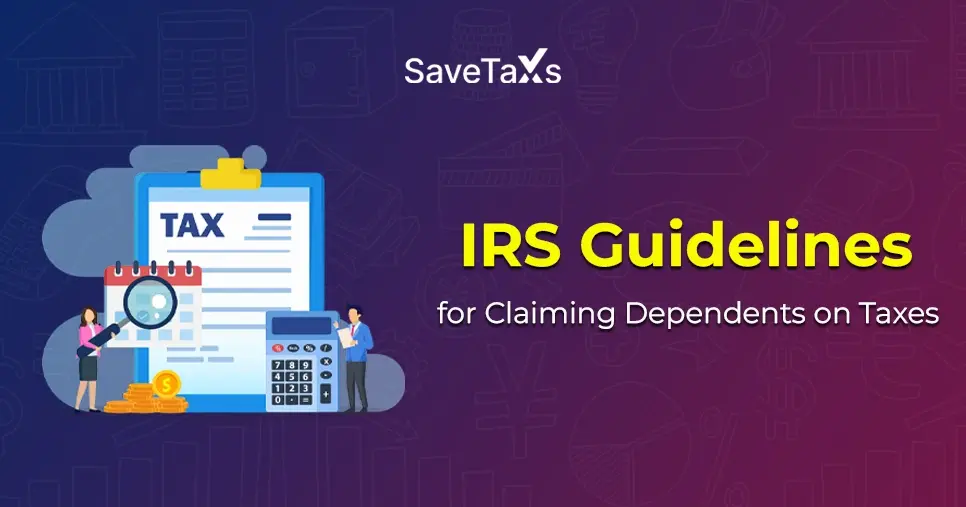

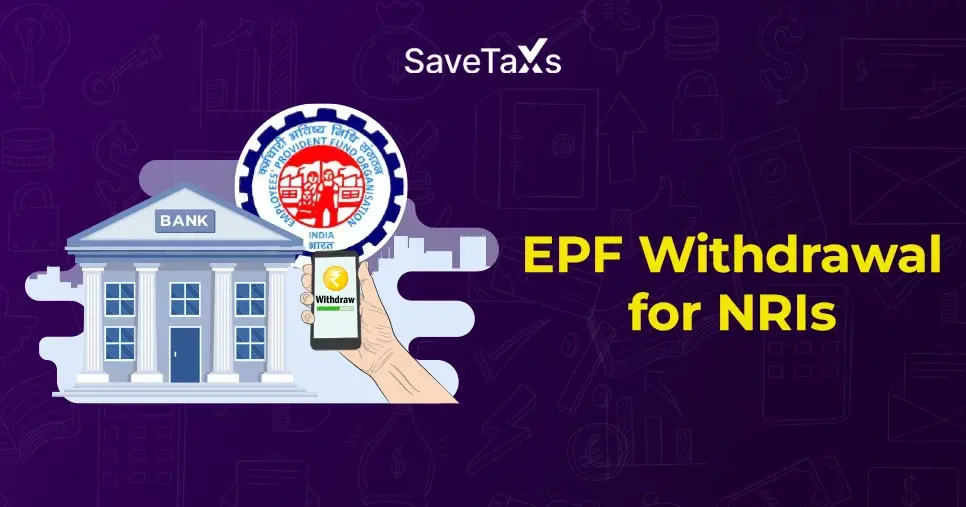
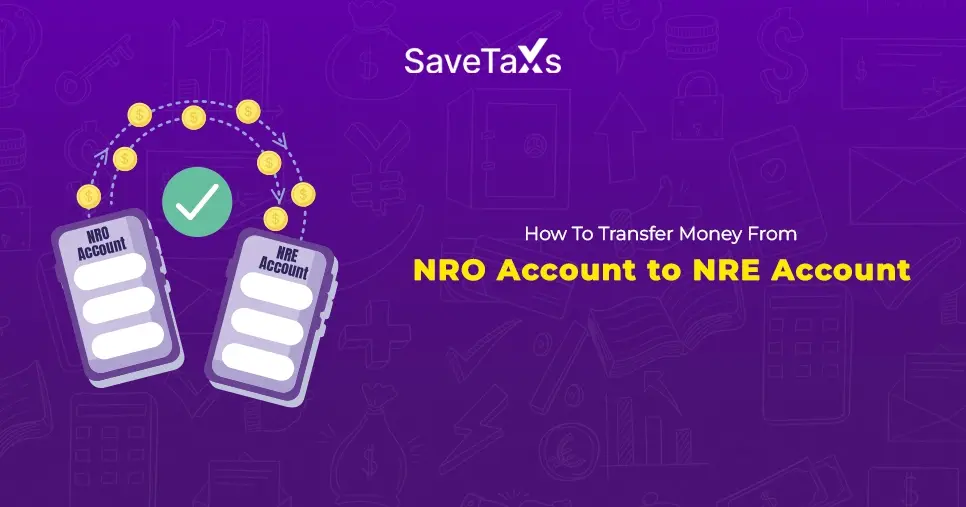

_1763555884.webp)
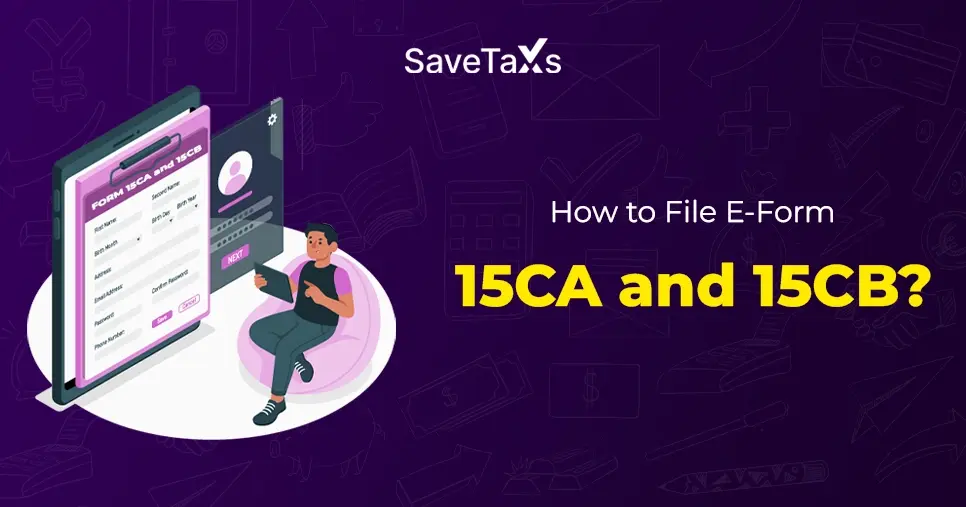
(i)-Of-The-Income-Tax-Act_1756812791.webp)
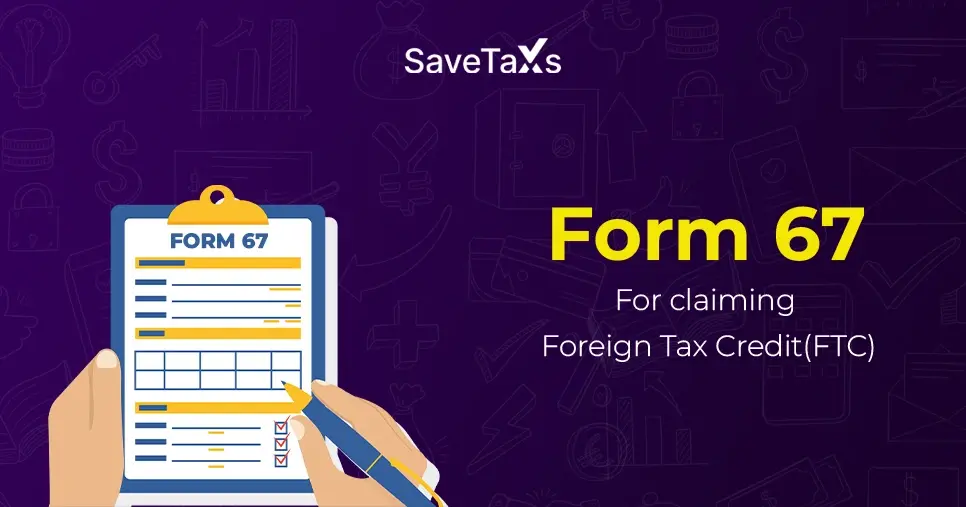
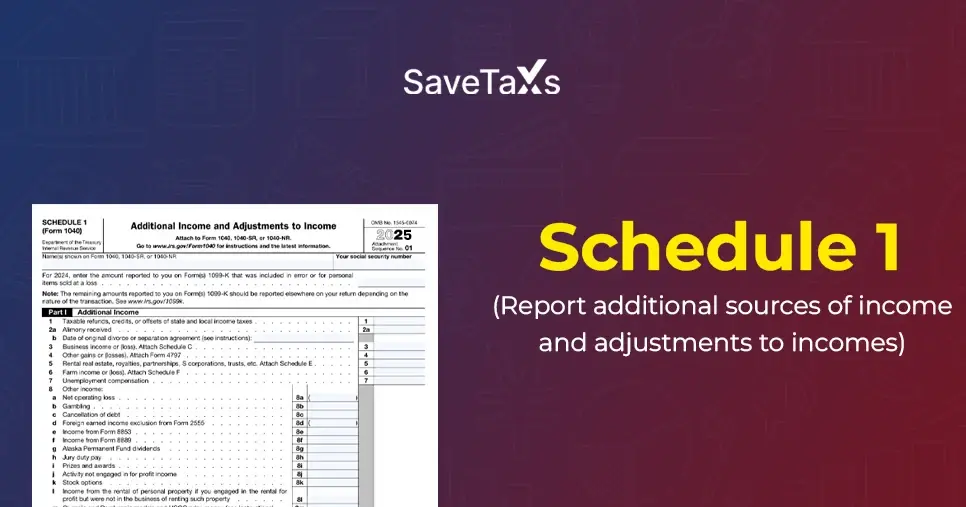
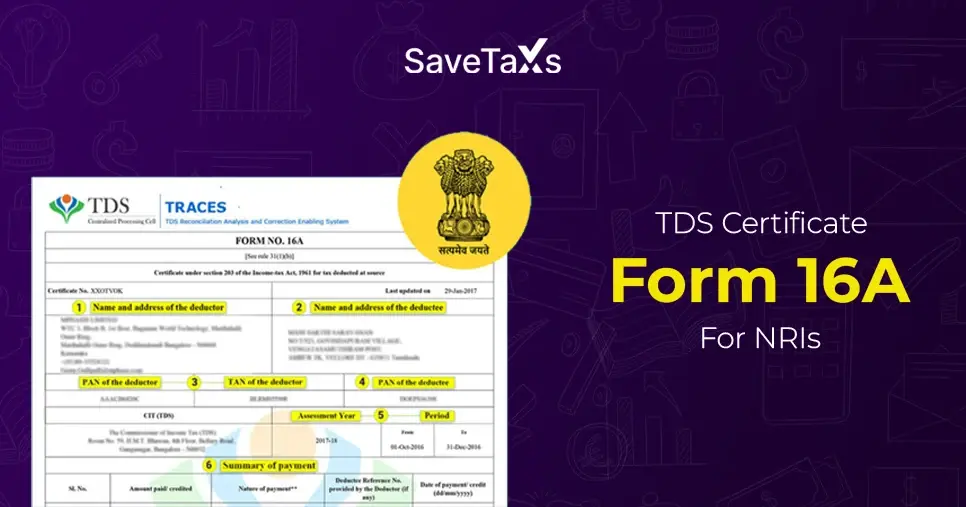
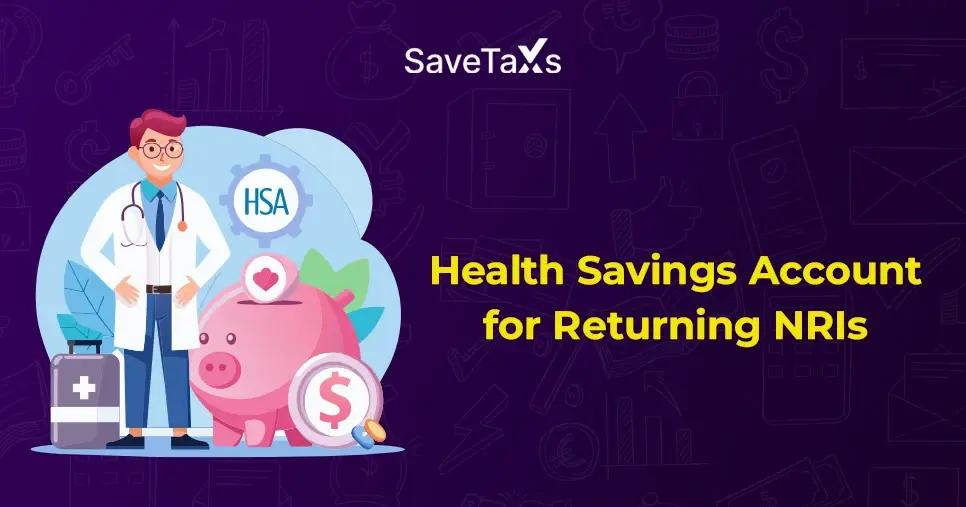
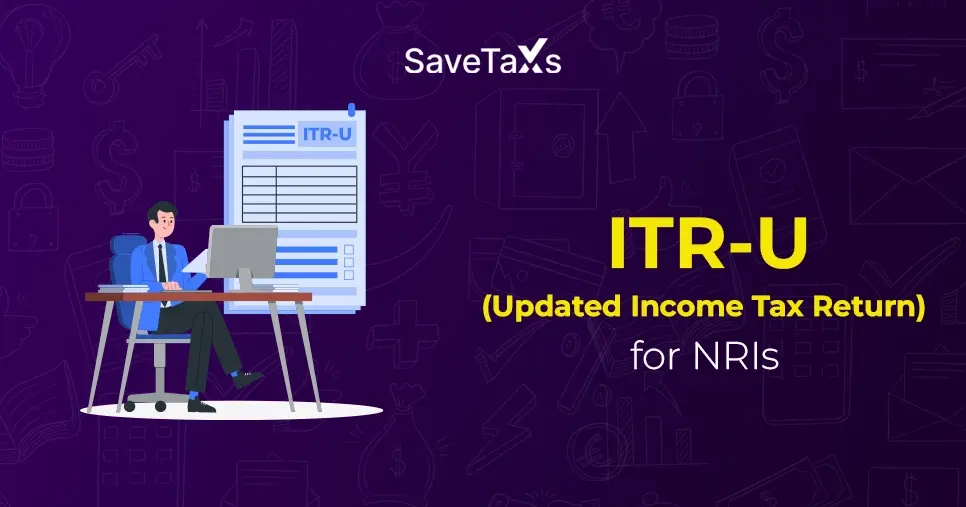
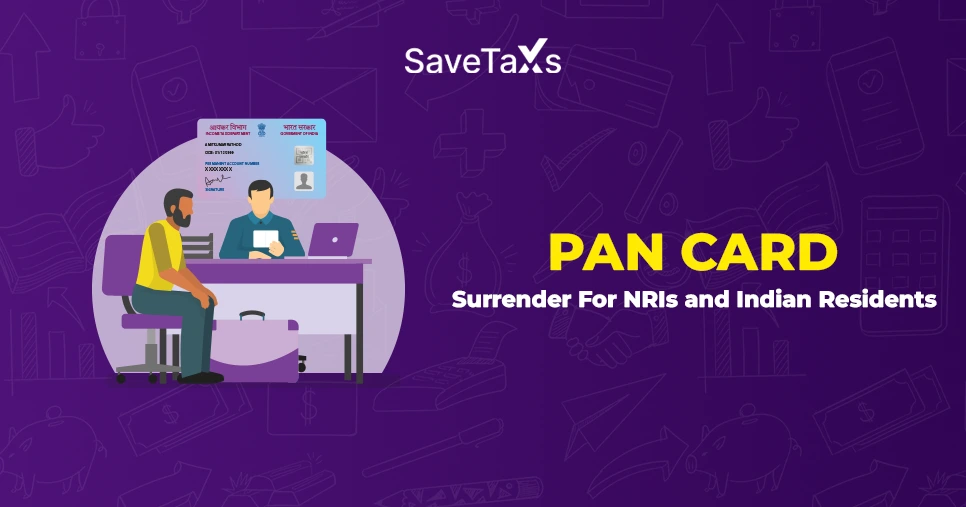
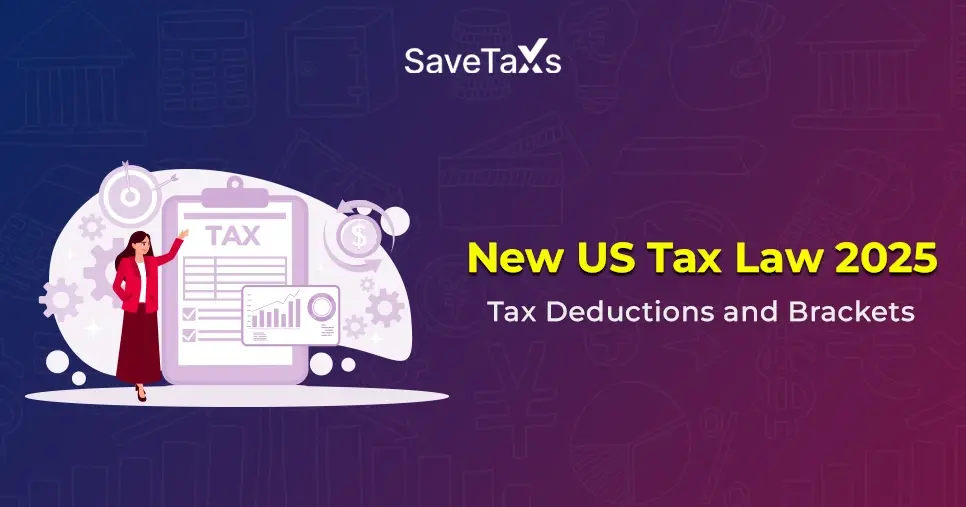
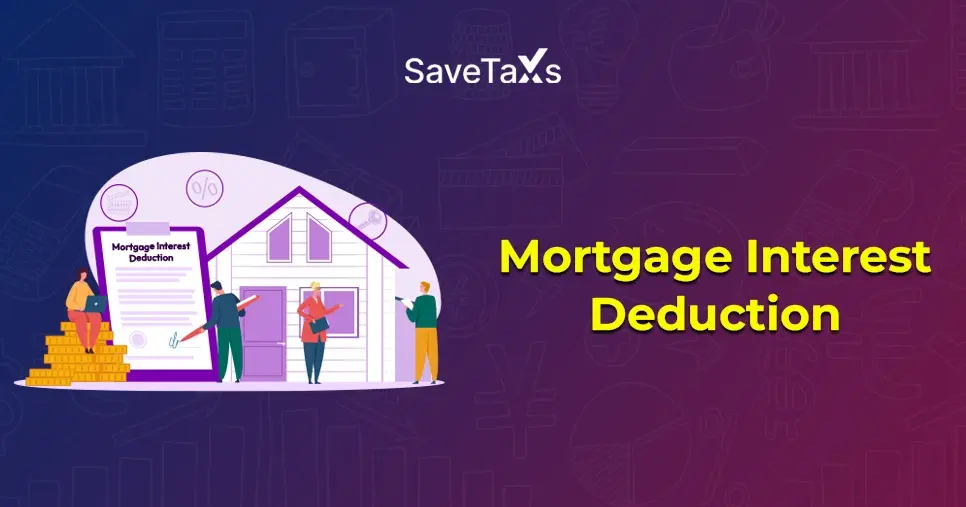
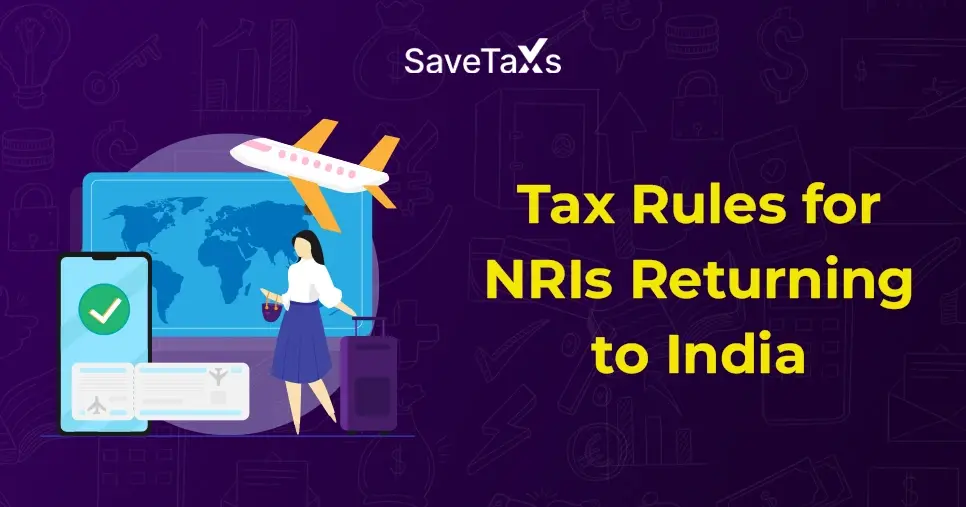
_1756729655.webp)
